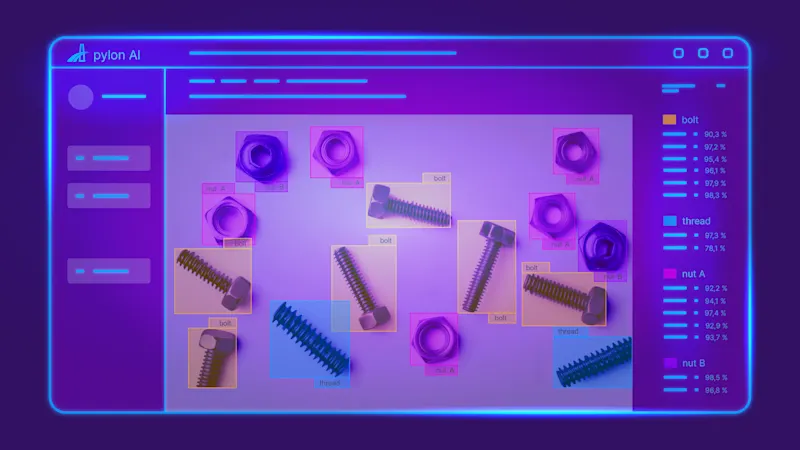Compact CNN-Based Bacteria Classification
What is CNN-based bacteria classification all about?
Scientific examinations or medical diagnoses – e.g. of cancer or infectious diseases – are often based on microscopic images of biological samples. Enhancing the imaging system with a Convolutional Neural Network (CNN) automates the sample evaluation while also ensuring high confidence. It thus contributes to consistent quality and acceleration of the process. In addition to individual components for the image capture, Basler offers the development of a coordinated overall vision system, including image processing and analysis as well as transfer to the desired target environment.
What is the challenge with bacterial classification?
Compact, fast, inexpensive, reliable – these are the increasingly important requirements for vision-based analytical devices for scientific or medical labs. Combining all of these requirements is a challenge. Coordinated components from the lens, camera, cables and processor board to system and CNN-based application software are crucial. This is the only way to create a functioning vision system that meets the basic conditions for reliable results and diagnoses.
Computer vision solution for bacteria classification
In the demo setup, four different bacterial species are identified in the sample and the result certainty (confidence) is indicated by a percentage. The computer vision solution consists of hardware and software components that work together seamlessly thanks to Basler's expertise.
The system hardware is composed of a 1/1.8” S-mount lens, a Basler dart camera module with 5 MP resolution and USB 3.0 interface, a USB 3.0 data cable, and a Jetson™ Nano processor board from NVIDIA®.
The solution also includes both system and application software. The individual elements of the system software form a coherent system and can be easily integrated into a Linux architecture. As part of the application software, the pylon AI Classification vTool performs image analysis based on a CNN: It analyses the different types of bacteria and classifies them based on the classification model (CNNs) previously optimized with individual data sets. The CNN is trained on the host side, while the inference (image evaluation and result generation) takes place directly in the device, using the pylon AI Classification vTool, which has been specially optimized for use on edge devices.
Benefits of the vision solution for CNN-based bacteria classification:
Seamless and optimal cooperation of components across the entire vision system
Hardware, software, and development from a single source saves you effort, cost, and time
Optimally tailored image acquisition and simple integration of image analysis
Flexibility provided by interchangeable CNN
Reliable and fast object classification thanks to the pylon AI Classification vTool, which is optimized for use on Edge devices
Products for this solution
Looking to implement a comparable solution? These products will help you.



